6 Films to Watch on the 100th Anniversary of the Women’s Suffrage Movement With Analysis and Insight by Dr. Kelli Fuery
August 26, 2020
100 years after the Women’s Suffrage Movement in the United States, films about female empowerment and crucial moments in women’s rights movements aren’t the easiest to come by.
“Films about suffrage are dependent on very different cultural histories and social movements. A universal story about gaining the right to vote isn’t possible,” said Dr. Kelli Fuery, Associate Professor in Film Studies.
Women’s suffrage was not something that was universally reached, but has varied over decades and centuries from country to country, and is still not a reality in some today. And to make the history even more complex, even when legally being granted the right to vote, it did not always happen in practice.
With such a complex history, there are simply so many stories to tell and so many voices to be heard. It would be impossible to get every single perspective represented in Hollywood. Additionally, much of women’s history and political activism is ignored in cinema, because it is often seen as not commercially viable.
However, topics such as female empowerment, the right to vote, and gender equality have been portrayed in cinema in underlying ways. These topics made it to the screen once they began to be written as stories of subversion and escape, which were viewed as more entertaining than classic Hollywood melodrama.
“Given the differing cultural and social histories regarding women’s suffrage, cinema subversively responded to the growing call for equality in ways that are easily and often overlooked,” said Fuery.
Despite the differences in the movements, these movies were able to portray a shared struggle between all suffrages faced in gaining the right to vote. Dr. Fuery shared her analysis on the importance of the following six key films, all of which highlight the shared struggles in the fight for gender equality:
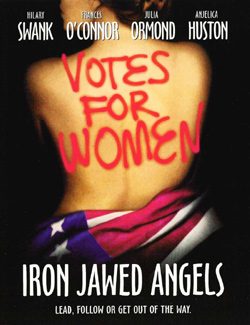
- Iron Jawed Angels (2004) focuses on American suffragist leaders Alice Paul and Lucy Burns, as they revolutionized the American feminist movement in Washington, DC to grant women the right to vote. “There is poignancy here in the outline of what happened,” said Fuery about the film. “Although its melodramatic aesthetic lacks the subversion much earlier ‘women’s films’ possessed.”
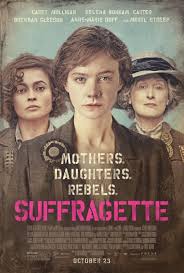
- Suffragette (2015) follows the story of fictional character Maud Watts throughout the development of the UK Women’s suffrage movement. In the film, Watts joins a diverse group of women who fight for equality and the right to vote, risking their jobs, homes, family and lives for their cause. “It effectively conveys the indecision and fear of the situation and highlights the lack of agency women experienced at this time,” said Fuery. She also noted that the film was worth seeing as it helps to bring awareness to the types of strategies used in order to get their voices heard. “It fails, however, to comprehensively include the role all women played (minorities, women of color etc.),” said Fuery.
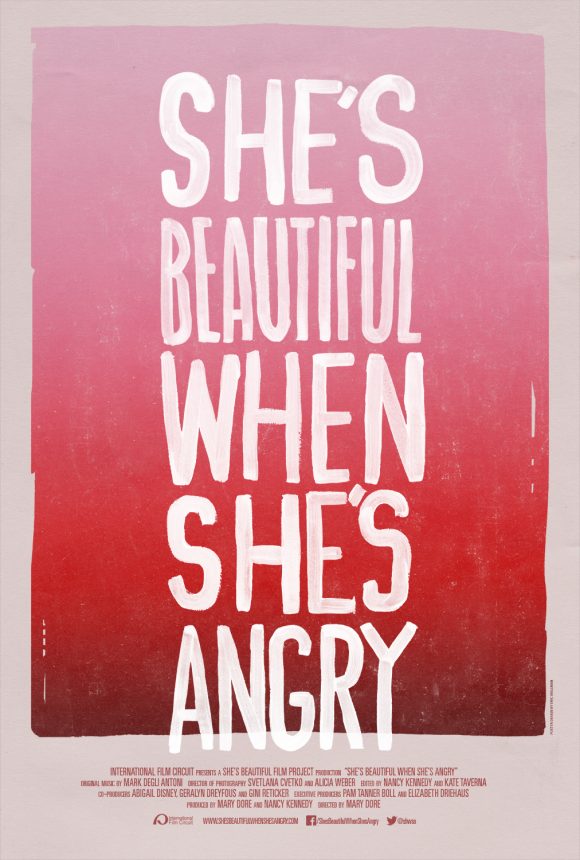
- She’s Beautiful When She’s Angry (2014) is an American documentary that highlights some of the women involved in the second wave feminism movement in the United States. The documentary includes an important testimony from Linda Burnham of Black Sisters United. This testimony provides a “much needed perspective on the critical importance of women of color voices in movements that have privileged white feminism,” said Fuery.
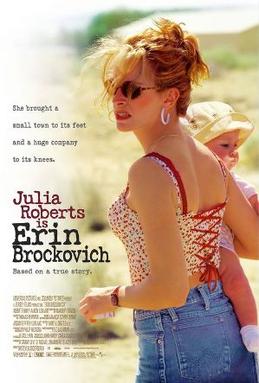
- Erin Brockovich (2000) portrays the true story of Erin Brockovich, who fought against the energy corporation Pacific Gas and Electric Company after they knowingly contaminated the town of Hinkley, California’s water supply. The story is one about standing up in the face of adversity, and emphasizes the importance of fighting for others. “Erin Brockovich is a strong film about a strong woman, it does not shy away from class or stigma (Brockovich was a single mother of three),” said Fuery. “Its message is strengthened by the support Erin receives from her male counterparts in the film.”
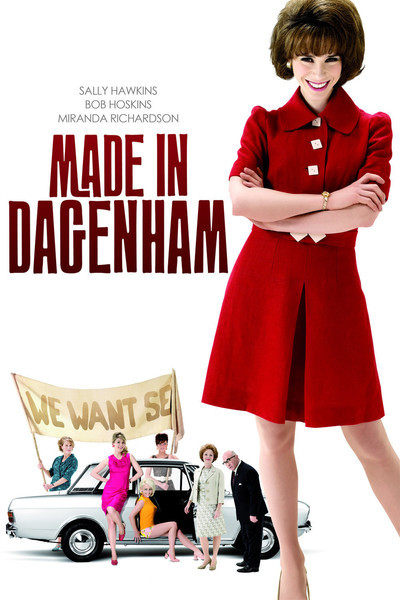
- Made in Dagenham (2010) is based on the true story of the 1968 Ford sewing machinists strike at the Ford Dagenham plant, which led to the Equal Pay Act of 1970. The film follows the fictional character Rita O’Grady, who serves as the leader of the strike where female workers walk out in protest against sexual discrimination and demand equal pay. The protests gained the attention of the public around the world, as it was at a time where it was uncommon for women to break out of their traditional family roles. “It is a fun film to watch, where audiences can learn the history of such an important milestone for women’s equality,” said Fuery.
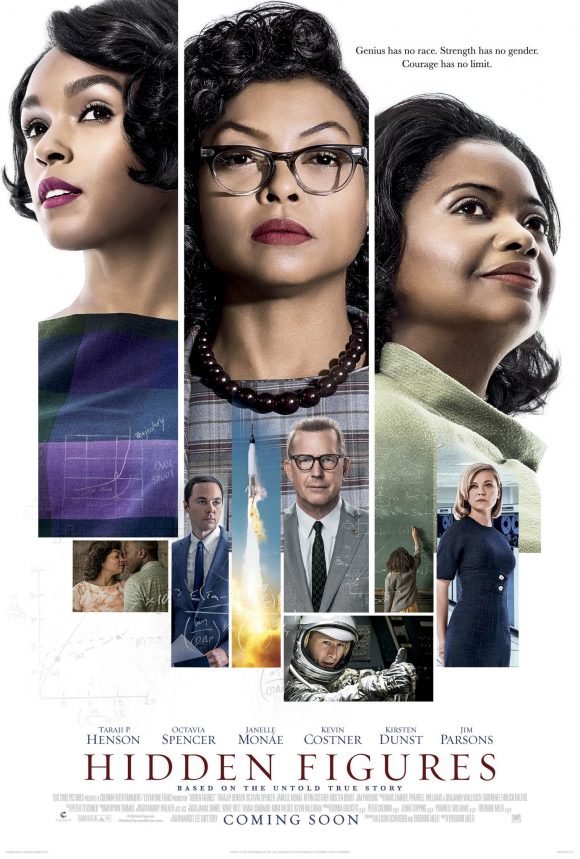
- Hidden Figures (2016), follows the story of three African-American female mathematicians working at NASA, who were responsible for the historical launch of astronaut John Glenn into orbit. It is loosely based on the 2016 non-fiction book of the same name by Margot Lee Shetterly, about black female mathematicians who worked at NASA during the Space Race. “The style is accessible and while this may seem too Disney for some, its accessibility is what makes this such a feel-good film that everyone should watch,” said Fuery.
While Suffragette (2015) is the only film on this list that can be truly categorized as a right to vote film, “when you consider the difficult and variable global history of women’s hard-won voting rights, is it any wonder?” said Fuery.
What all of these films can do, however, is help to shape public opinion on gender equality and draw attention to female empowerment and women’s rights. There is value in all of these films that touch on these topics, as they can help bring awareness to the histories around the world, and the people who have paved the way for women’s fight for equality.


